The Dramatic Portrait: The Art of Crafting Light and Shadow
Without light, there is no photograph. As almost every photographer knows, the word “photograph” has its roots in two Greek words that, together, mean “drawing with light.” But what is less commonly acknowledged and understood is the role that shadow plays in creating striking, expressive imagery, especially in portraiture. It is through deft, nuanced use
Without light, there is no photograph. As almost every photographer knows, the word “photograph” has its roots in two Greek words that, together, mean “drawing with light.” But what is less commonly acknowledged and understood is the role that shadow plays in creating striking, expressive imagery, especially in portraiture. It is through deft, nuanced use of both light and shadow that you can move beyond shooting simply ordinary, competent headshots into the realm of creating dramatic portraiture that can so powerfully convey a subject’s inner essence, communicate a personal narrative, and express your photographic vision.
In The Dramatic Portrait: The Art of Crafting Light and Shadow, Chris Knight addresses portraiture with a unique approach to both light and shadow that allows you to improve and elevate your own portraiture. He begins with the history of portraiture, from the early work of Egyptians and Greeks to the sublime treatment of light and subject by artists such as Caravaggio, Rembrandt, and Vermeer. Chris then dives into a deep, hands-on exploration of light, shadow, and portraiture, offering numerous lessons and takeaways. He covers:
• The qualities of light: hard, soft, and the spectrum in between • The relationships between light, subject, and background, and how to control them • Lighting patterns such as Paramount, Rembrandt, loop, and split • Lighting ratios and how they affect contrast in your image • Equipment: from big and small modifiers to grids, snoots, barn doors, flags, and gels • Multiple setups for portrait shoots, including those that utilize one, two, and three lights • How color contributes to drama and mood, eliciting an emotional response from the viewer • How to approach styling your portrait, from wardrobe to background • The post-processing workflow, including developing the RAW file, maximizing contrast, color grading, retouching, and dodging and burning for heightened drama and effect • How all of these elements culminate to help you define your personal style and create your own narrative
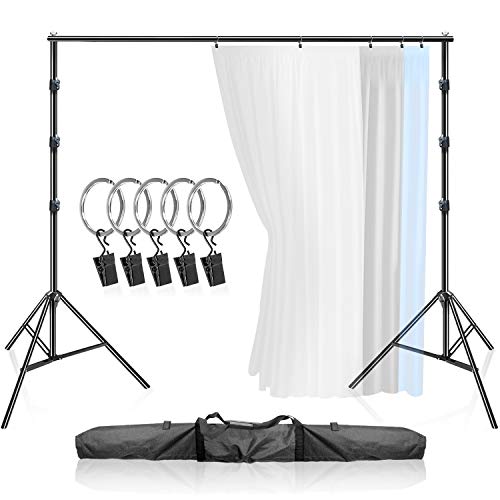

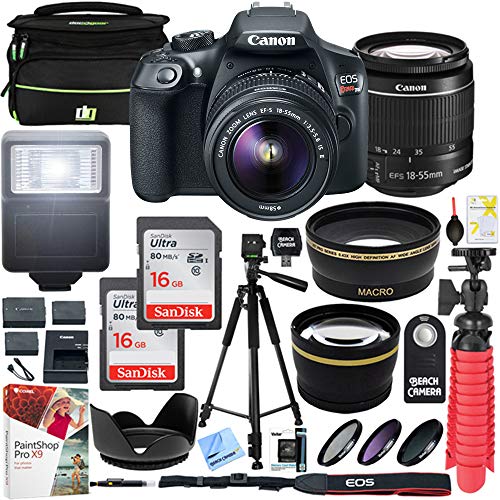
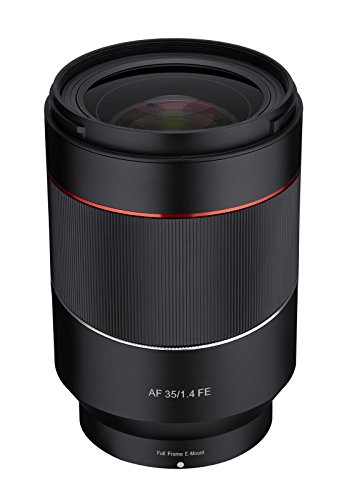
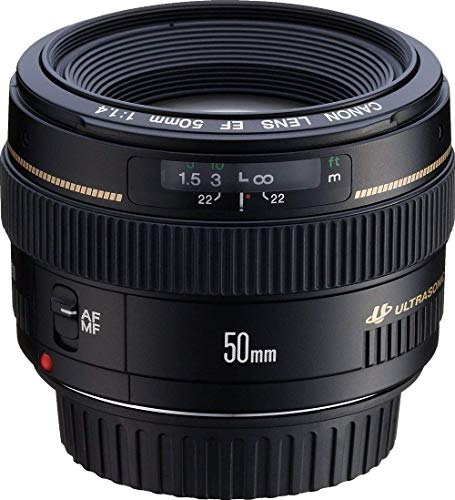

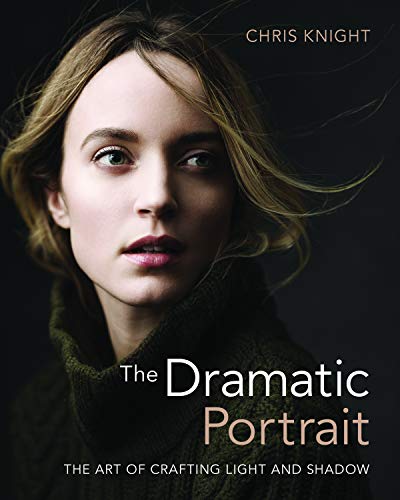
Good have been better This book is ok if you treat it as just a basic introduction into the dramatic portrait and painterly look. Having taken Knight’s online classes and also having read this book, I would recommend checking out the classes instead. The classes just have way more material and are more informative.One thing that bothered me was that in the book, Knight wastes a good chunk of the pages giving the reader a basic art history overview–something you would check out an art history book for instead…
Did not have enough post production information. Did not explain in detail how each shot was taken. Nor does it explain, with the exception of 2 or 3 pictures, all the steps in post production used to achieve each pictures final look.This is basically a book discussing light modifiers, which is perfectly fine, but not what I was looking for.The image I attached is a sample of one of Chris’s works in the book, however I found no information on the beginning to end steps for this image and many others like it.
Chris is a great teacher and explains everything in an enjoyable down-to-earth way An absolutely, well thought-out instructional book on the dramatic portrait. An absolutely indispensable tool for those wanting to learn and create their own style of dramatic lighting in studio. Chris is a great teacher and explains everything in an enjoyable down-to-earth way, yet while being very informative with every topic spoken of throughout the book. A must read!For a great complement to the book, check out Chris Knight’s new instructional video series on rggedu.com. Will…